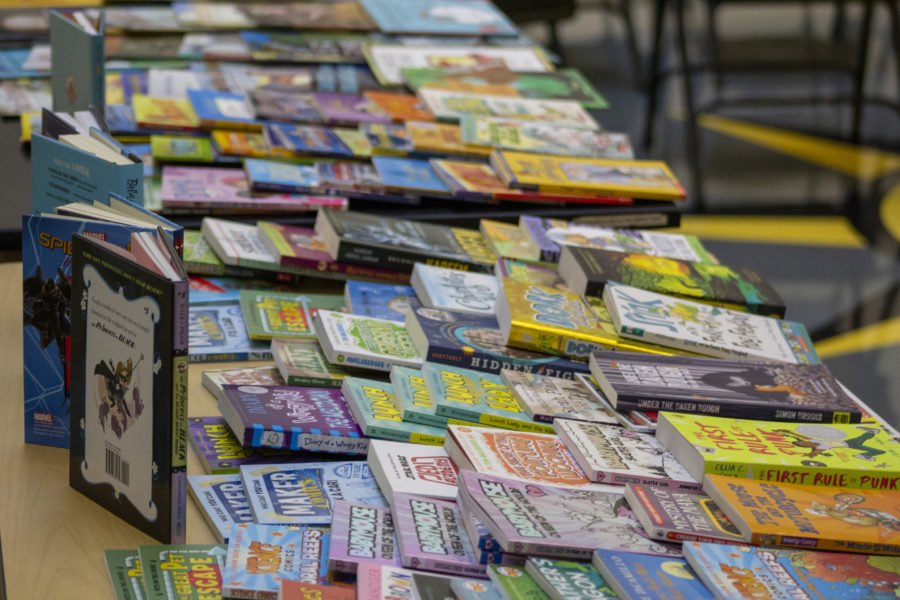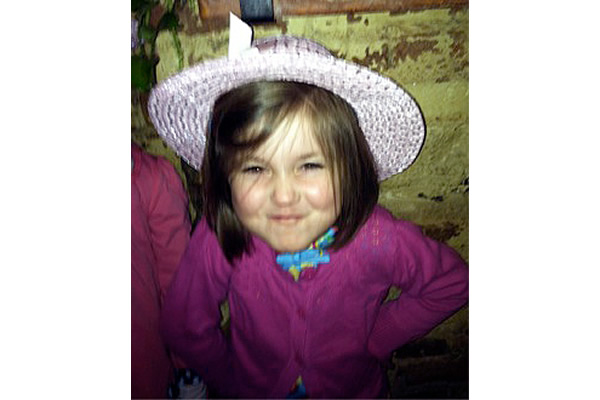
Many of the books available to children and teens don’t reflect the diverse backgrounds and experiences of today’s world. According to a 2018 study, 50% of characters in children’s books were white, only 10% were Black, 5% were Latinx, and only 1% were Native American. 27% featured main characters that were animals, significantly more than characters of color. While those numbers have gone up slightly since 2015, there’s still a lot of work to do. In 2017, Black, Latinx, and Native American authors represented only 7% of new children’s books, despite the fact that 37% of Americans were people of color.
Over the past year, CLiF underwent a diversity audit of our book list, available to our partnering schools, libraries, childcare centers, and other programs, to reflect the populations of children we serve across New Hampshire and Vermont. CLiF Program Director Meredith Scott says, “CLiF wants to support our program partners in providing high-quality books by diverse authors featuring diverse characters. We started with a diversity audit of our current book list; we researched author and main characters for race/gender/ethnicity/setting. The best thing we thought we could do for our grant recipients is to create a resource for books for children age 0-12 pulled from the many book lists circulated by organizations run by or supporting people of color. We hope this encourages partners to add more diverse books to their collections.”
We talked with CLiF Presenter/author/Young Adult Librarian Erin Moulton of Derry, NH, about how she has approached diversifying books for the kids and teens she works with.
Q. What steps have you taken to ensure all of your students can see themselves in the books available to them? Have you experienced challenges?
A. I err on the side of making no assumptions. Readers come at books from all angles and identify with characters from all angles. Therefore, it’s my job to make sure that my collection represents a wide variety of perspectives and experiences. When I’m making book selections, I keep an eye out for diverse books of all types. I want books depicting racial diversity, gender diversity, religious diversity, neurodiversity and on and on. I keep this in mind and make my purchases based on this idea of vastness of experiences when making selections for the patrons at the library.
Q. Are there certain types of books or categories that you feel should be represented more?
A. First off, I’m really excited to be a YA librarian and a children’s book author because the YA and Children’s Lit community as a whole seem to care about representation. While great strides have been made (largely due to the efforts of the We Need Diverse Books Campaign among other amazing groups and orgs) for more equal representation, there is still a long way to go. I have to say that I’ve seen an uptick of LGBTQ+ in contemporary and genre fic, which makes me really happy. I’ve also seen more racial diversity in fantasy, which has been refreshing. I’d like to hear a lot more Native American voices in mainstream YA. They are so few and far between and sometimes I think they are brushed over unless they get a very modern look re: cover art. I’m not saying that there aren’t amazing Native American writers today. There are! I just would like to see them get a bigger push from publishers to reach a wider audience.
Q. What trends have you noticed in recent years regarding the availability and use of multicultural or diverse books (by or about people of color, immigrants, migrants, or refugees, people with disabilities, LGBTQ+ youth/families, or other types of diversity)?
A. In general, there has been a lot more diversity than in the past and teens are finding them. What I absolutely love is that many, many teens today will find a big stack of books that fits their reading taste…. and that stack of books could be more diversified in character than any before it. The more writers diversify their casts, the more readers have the chance to both imagine themselves as heroes, but also to imagine their heroes and sidekicks as something other than your standard Clark Kent, Harry Potter, Percy Jackson, etc. Just looking at the teen shelf, right now, I can see Black, Asian and Latino centered titles facing out. Not only do they need to be published, but they need to be made available.
One thing I can say is that, uninhibited, most teens will read widely. Sometimes I’ve seen a situation where a parent will intervene to pull a book out of their child’s hand based on it not filling a criteria that the parent has manifested (re: “that’s a girl book,” or, “you can’t relate to this”). Left to their own devices, most teens like a book based on genre, plot, theme and will read widely. I’d like to live in a world where we all read widely.
Erin E. Moulton is the author of middle grade/Young Adult books Flutter, Tracing Stars, and Chasing the Milky Way. She is the Young Adult Librarian at Derry Public Library in Derry, NH and co-host of the podcast Teen Title Talk.



